Hügelkultur: A Step-by-Step Guide For The Ultimate Raised Garden Bed
Ready to grow your best garden yet? Gather some branches, leaves, and grass clippings to create a garden bed that does all the work for you.

Hügelkultur (pronounced “hoogle-culture,” which roughly translates to “mound culture”) is a centuries-old raised garden bed technique of creating mounds in the garden made up of layers of compostable material you already have on hand—grass clippings, leaf litter, and garden debris—and putting it to use.
But one difference is that some of the layers in a hügelkultur bed include wood (sticks, branches, even logs and stumps). This wood will rot over time and provide spaces for water and nutrients, keeping your garden productive, self-watering, and full of nutrient-rich soil for your growing plants. It’s a technique that originated in Germany but is catching on in gardens everywhere. Ready to get started?
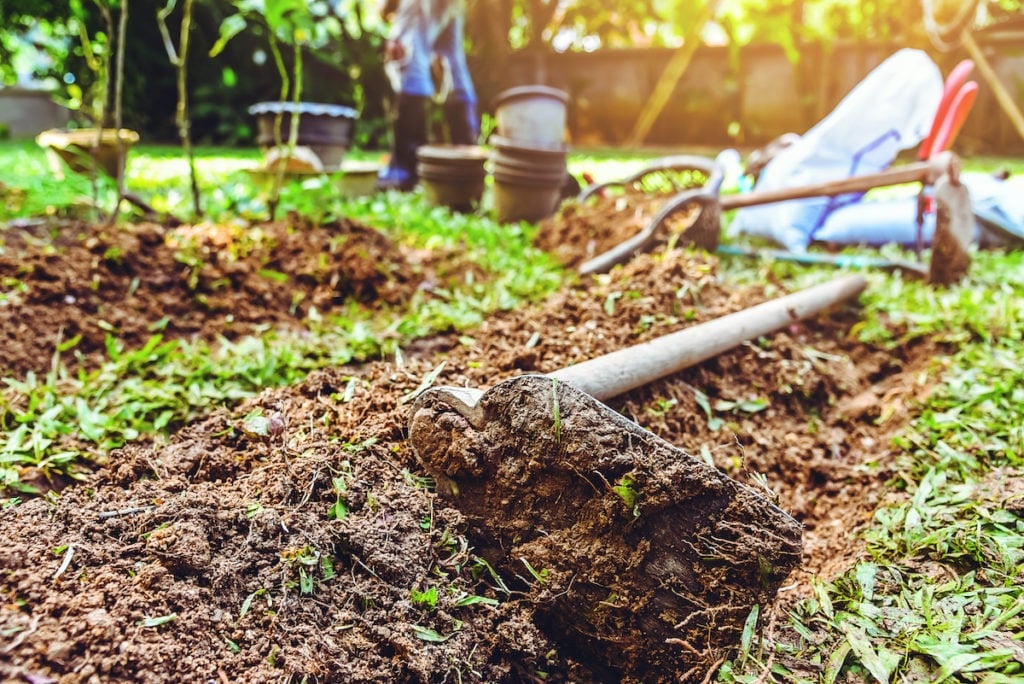
How to Build A Hügelkultur Raised Garden Bed
The ideal hügelkultur bed uses large chunks of wood in the bottom layers to create a veritable bio-sponge that holds moisture and provides nutrients for years as it decomposes. This atmosphere also creates a healthy web of fungi, insects, and microbes. In areas where too much water is an issue, the height of the bed prevents plants from drowning.
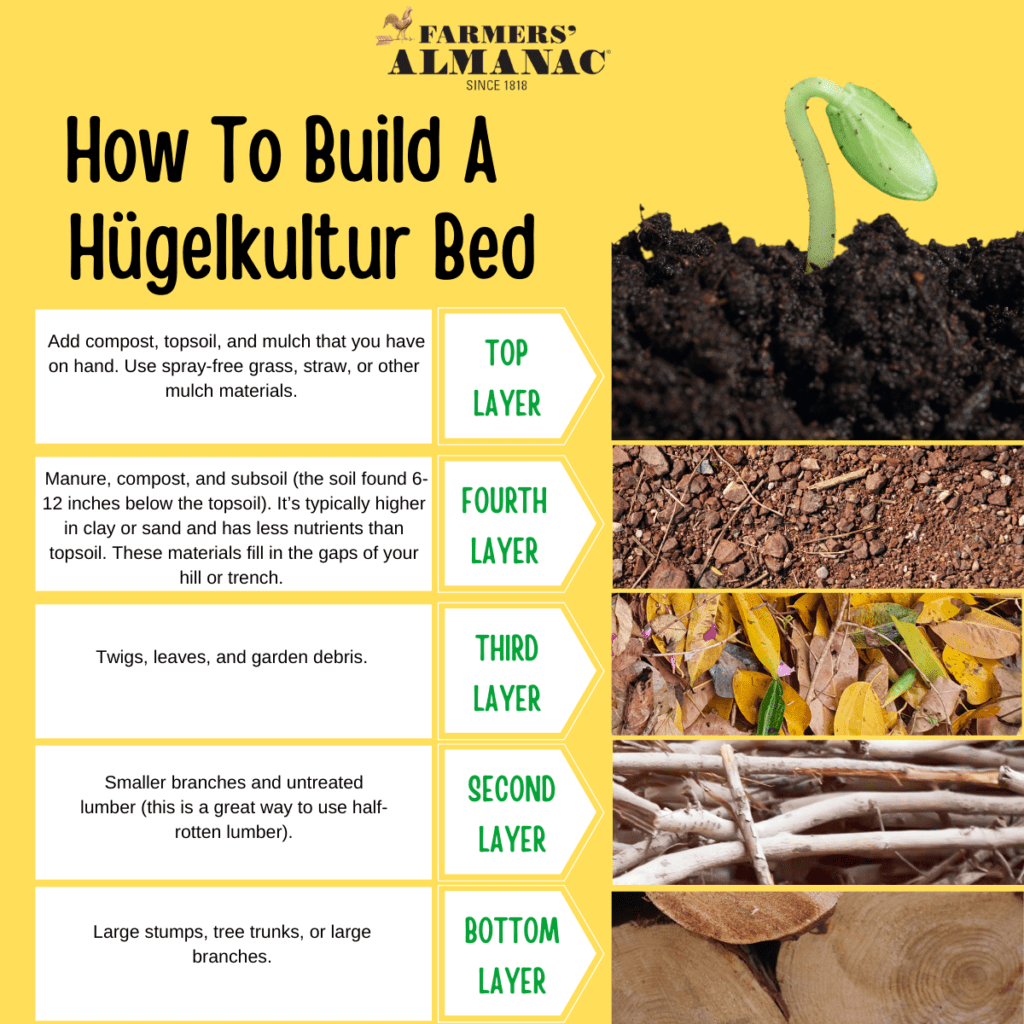
Building a hugelkultur bed doesn’t have to be precise since nature never is, but there is a general way to build the structure for maximum efficiency.
To create these debris-heavy beds, start with an area at least 3’ x 6’, although larger is even better.
Some gardeners dig a foot or more into the ground to start the foundation below the soil line to keep everything in place, but it’s not necessary. These can be truly no-dig raised beds with carefully stacked wood placed directly on top of the ground.
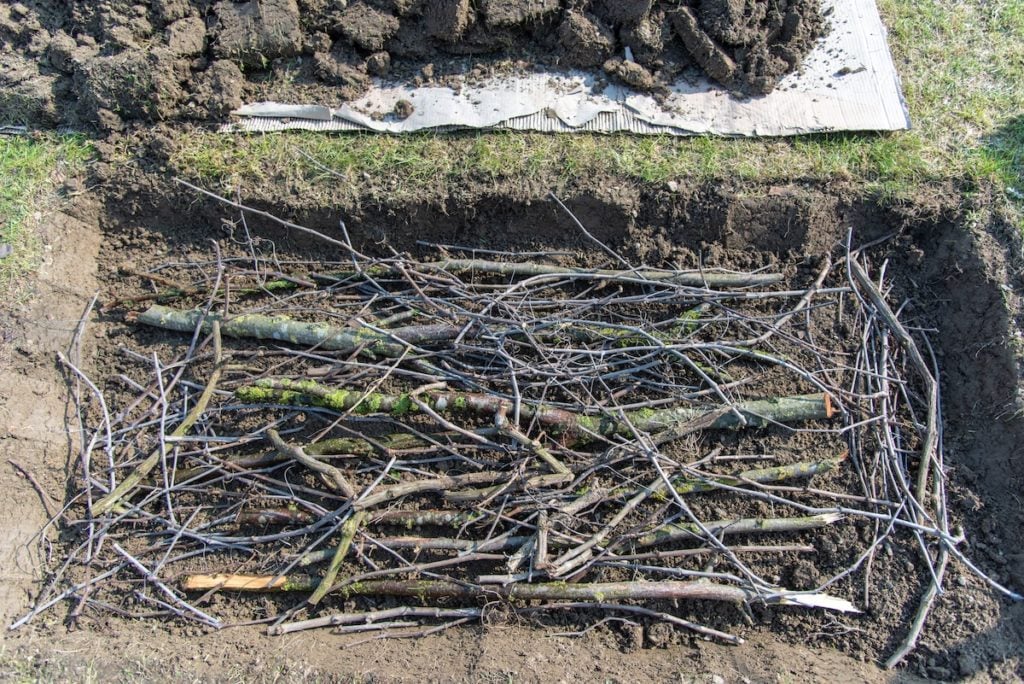
Bottom Layer: Situate the largest chunks of wood at the bottom, and gradually add the smaller-diameter branches and debris as you neatly stack the pile.
Second Layer: Next add a layer of nitrogen-rich material—leaves, grass clippings (as long as the lawn was not sprayed), kitchen scraps, manure, or any other organic matter to the spaces at the top of the pile.
Third, Fourth, and Top Layers: Depending on the leftover spaces within the pile, add less desirable subsoil (this can be the soil removed if you dug the foot-deep trench), then shovel on 3-4 inches of compost, followed by an inch or two of topsoil. Now you’re ready to plant!
The Benefits of A Hügekultur Raised Garden Bed
1. Less Maintenance
Hügelkultur is perfect if you want an abundant garden with less maintenance and fewer additional resources, such as fertilizer or even water. When the mound gets to be about three years old, it will hold so much water that you will no longer need to irrigate. Imagine going away for a few days and returning to a garden that is even lusher than when you left!
2. Extends Your Growing Season
In colder climates, hügelkultur beds are often used to extend the growing season because the composting wood and debris increases the heat at the root level, allowing additional growing time.
Do You Garden By The Moon? Be sure to check our Gardening Calendar!
How Long Will A Hügelkultur Bed Last?
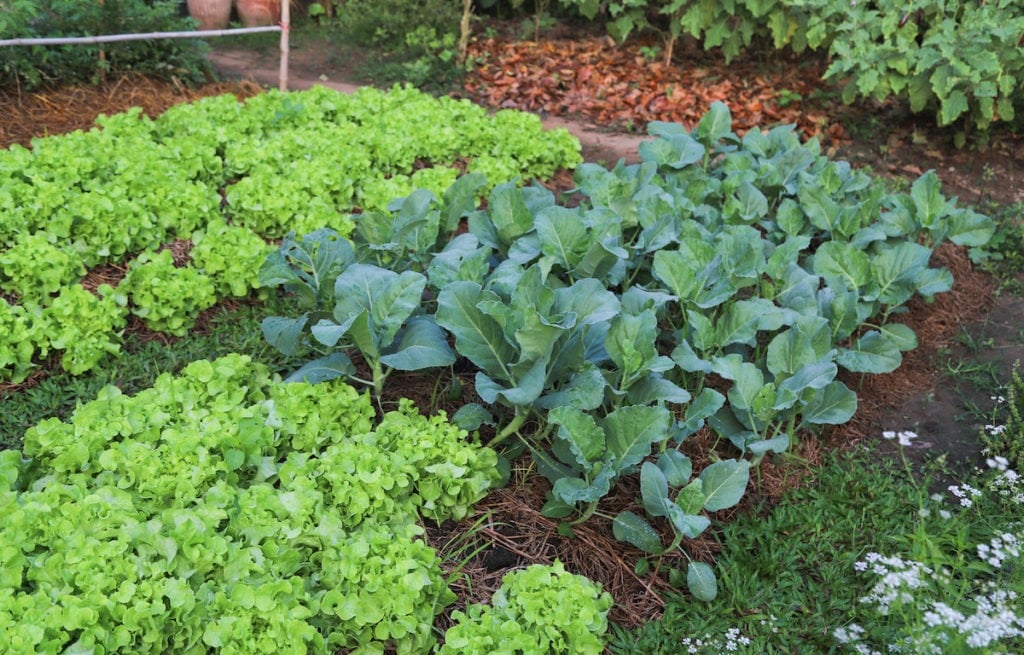
The lifespan of your hügelkultur bed depends upon the tree varieties used. Cottonwood, oak, apple, maple, and birch are the most desirable as they are slow to decompose. Pine, fir, spruce, and cherry also work well, but they won’t last quite as long. Avoid black locust and black walnut because they take forever to break down, and inhibit growth.
When your hügelkultur bed reaches four years old, you’ll notice your garden will become exceptionally lush. Rhubarb, potatoes, fruit trees, and grains, especially, will thrive. And subsequent years, you can expect it to get lusher still.
The idea of “using what you have” is one of the key tenets of the permaculture philosophy. By taking a little effort to build a hügelkultur bed, not only are you utilizing otherwise wasted products, you’re creating a garden that grows better every year.

Amy Grisak
Amy Grisak is a freelance writer, blogger, and photographer specializing in gardening, local food, and stories about her home state of Montana. She enjoys sharing her experiences with self-reliant living and outdoor recreation. Her article on the "hugelkultur" gardening technique appears in the 2021 Farmers' Almanac. You can follow her topics on her site, AmyGrisak.com.




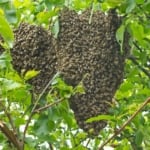







Does it matter if logs and branches are wet or dried? Can mesquite be used? Thank you so much.
Are pine tree branches and needles ok to use in this type of bed?
Thank you
The hugelkultur bed article is the most informative I’ve ever read on here. It makes perfect sense. Thank you.
You’re welcome, Angelina! Thank you for stopping by to say hello. Come back and see us again soon! ?
I am new to these methods of natural fertilizers so I am anxious to see how this works in a raised bed for a vegetable garden. ,I am used to the old method of gardening and have always planted in a large garden and have had to fight weeds the entire growing season but being older now have decided to build boxes and give this a go. I will repost at a later date how it went so far, I am very pleased with the information on this site and can’t wait to see how it turns out.